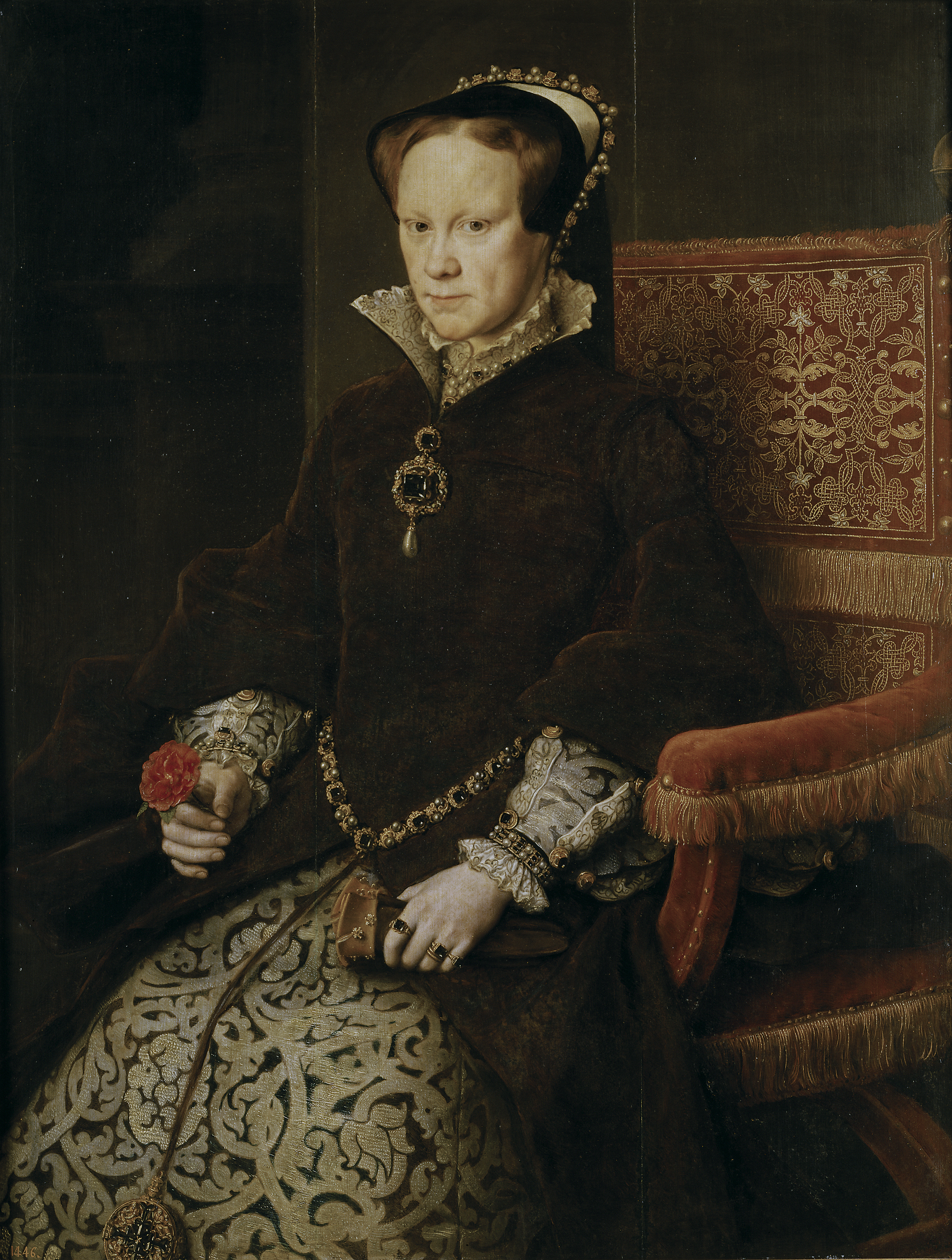EDWARD VI
Edward VI was King of England and Ireland. The son of Henry VIII and Jane Seymour, Edward was England's first monarch to be raised as a Protestant.
Edward's reign was marked by economic problems and social unrest that, in 1549, erupted into riot and rebellion. An expensive war with Scotland, at first successful, ended with military withdrawal from Scotland as well as Boulogne-sur-Mer in exchange for peace. The transformation of the Church into a recognisably Protestant body also occurred under Edward, who took great interest in religious matters. Although his father, Henry VIII, had severed the link between the Church of England and Rome, Henry VIII had never permitted the renunciation of Catholic doctrine or ceremony. It was during Edward's reign that Protestantism was established for the first time in England with reforms that included the abolition of clerical celibacy and the Mass and the imposition of compulsory services in English.In February 1553, at age 15, Edward fell ill. When his sickness was discovered to be terminal, he and his Council drew up a "Devise for the Succession", attempting to prevent the country's return to Catholicism. Edward named his first cousin once removed, Lady Jane Grey, as his heir and excluded his half-sisters, Mary and Elizabeth. This decision was disputed following Edward's death, and Jane was deposed by Mary nine days after becoming queen.






